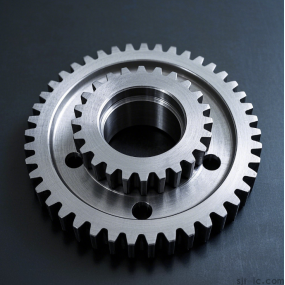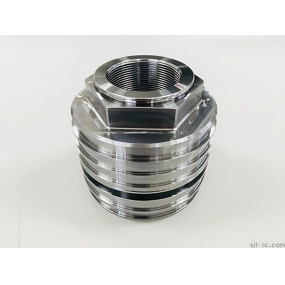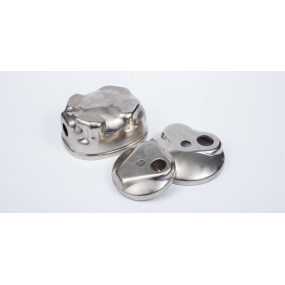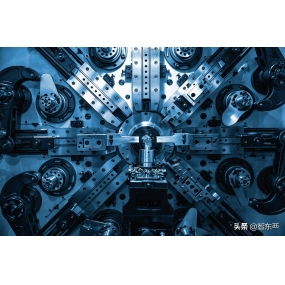Hey, are you new to aluminum CNC Machining and find the whole set of processes extremely complicated, not knowing where to start? Don’t worry—today I’ll break it down for you in plain language, and I guarantee you’ll understand 70% to 80% of it after reading! 😎
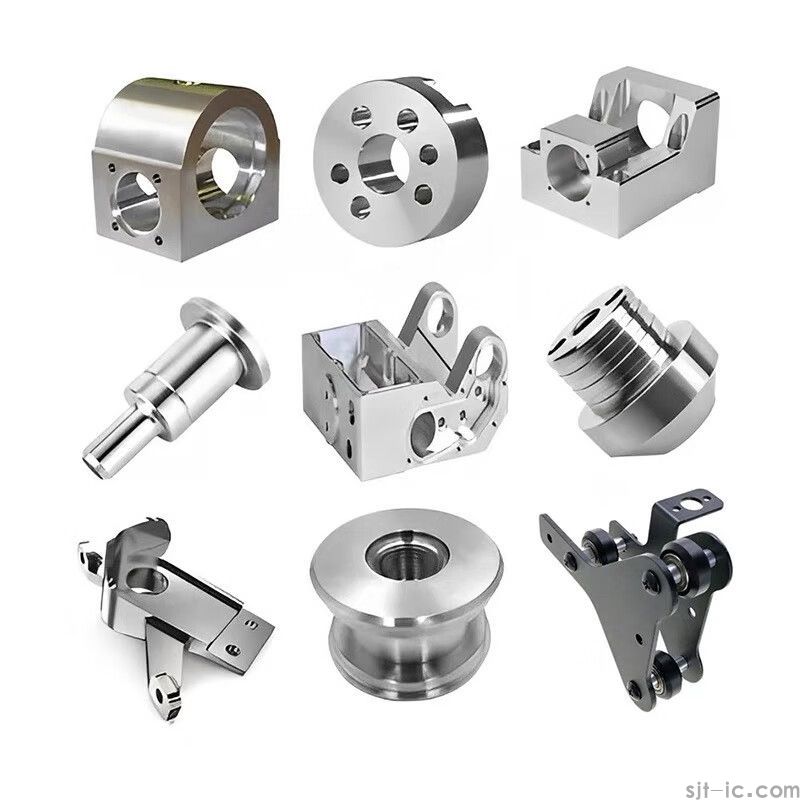
Aluminum Profile CNC Cutting Step
Cutting is the first step in CNC machining; simply put, it’s cutting aluminum materials into the desired length according to requirements. 📏 But did you know? Cutting isn’t just a random process—it must be done in accordance with the design drawings. If high precision is required, the accuracy even needs to be controlled within 0.1mm! The commonly used cutting methods are laser cutting and mechanical cutting. Laser cutting is more precise but also more costly. Here’s my suggestion: always calibrate the equipment before cutting. Otherwise, if the dimensions are off, all subsequent work will be in vain!
Aluminum CNC Drilling Process
Drilling is a technical task—aluminum profile connections rely entirely on it! 🔩 Through holes and stepped holes are the most common types: through holes are used for ordinary bolt connections, while stepped holes are suitable for hidden connectors. Here’s a little tip: when drilling, you must control the rotational speed and feed rate. Too high a rotational speed can easily damage the tool, while too low a speed affects efficiency. The parameters I often use are a rotational speed of 2000-3000 rpm and a feed rate of 0.1 mm/rev—you can give them a try!
Aluminum Profile Tapping Tips
Tapping refers to creating threads inside holes to facilitate screwing in screws later. 🔧 However, aluminum is relatively soft, so tapping can easily cause thread damage or tool breakage—so you need to be extra careful! Never skimp on cutting fluid; it can lower the temperature and reduce friction. Additionally, tapping should be done in two steps: rough tapping (to create the initial thread path) and finish tapping (to refine the details). This way, the threads will be smoother and more durable. Honestly, this work requires patience—you can’t rush it!
Key Points of CNC Milling for Aluminum
Milling is used to machine complex shapes, such as grooves or curved surfaces. 🔄 What’s the biggest concern with aluminum milling? Thermal deformation and vibration! Therefore, the fixture must be stable, and you should choose sharp cemented carbide tools with reasonable cutting parameters—you can use a high feed rate for rough machining, but for finish machining, you need to take it slow to ensure quality. A reminder from me: always measure the dimensions after milling. Don’t wait until assembly to find out there’s a problem—it’ll be too late!
Aluminum CNC Surface Treatment
The surface of machined parts often has tool marks or burrs and needs to be treated before use. ✨ Sandblasting and anodizing are the most common methods: sandblasting creates a uniformly rough surface, while anodizing enhances wear resistance and corrosion resistance. Surface treatment isn’t just for aesthetics—it’s more about improving performance. For example, aluminum parts after anodizing can have their service life extended several times!
Okay, that’s basically a full coverage of the aluminum CNC machining processes. My personal experience in this field is that “details determine success or failure”—choosing the right tool, adjusting parameters accurately, and conducting strict quality inspections are all indispensable. I hope this article helps you. If you have any questions, feel free to leave a comment and discuss!


 Spanish
Spanish Arabic
Arabic French
French Portuguese
Portuguese Belarusian
Belarusian Japanese
Japanese Russian
Russian Malay
Malay Icelandic
Icelandic Bulgarian
Bulgarian Azerbaijani
Azerbaijani Estonian
Estonian Irish
Irish Polish
Polish Persian
Persian Boolean
Boolean Danish
Danish German
German Filipino
Filipino Finnish
Finnish Korean
Korean Dutch
Dutch Galician
Galician Catalan
Catalan Czech
Czech Croatian
Croatian Latin
Latin Latvian
Latvian Romanian
Romanian Maltese
Maltese Macedonian
Macedonian Norwegian
Norwegian Swedish
Swedish Serbian
Serbian Slovak
Slovak Slovenian
Slovenian Swahili
Swahili Thai
Thai Turkish
Turkish Welsh
Welsh Urdu
Urdu Ukrainian
Ukrainian Greek
Greek Hungarian
Hungarian Italian
Italian Yiddish
Yiddish Indonesian
Indonesian Vietnamese
Vietnamese Haitian Creole
Haitian Creole Spanish Basque
Spanish Basque


